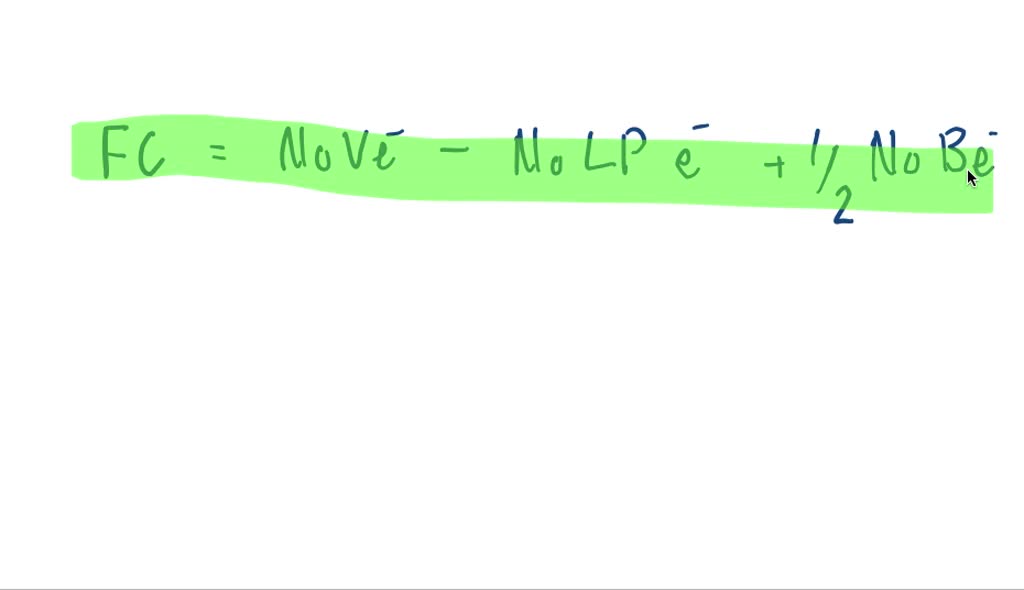

Typically, as the concentration of an ionic compound increases in a solution, its conductivity increases too.Įlectrical conductivity is also affected by temperature. You can therefore calculate the conductivity of a substance by measuring its resistivity. Electrical conductivity is the reciprocal of resistivity. It can also conduct electricity when molten, but this is due to the potassium ions rather than the iodine ions.Įlectrical conductivity is denoted by the Greek letter σ (sigma) and it’s measured in the SI units of siemens per metre (S/m). However, when in a solid dry form, the compound does not conduct electricity. Potassium iodide solution is ionic, making it electrically conductive.
Iodine charge derived by each element free#
In aqueous ionic solutions, the charged ions (cations and anions) also allow the free flow of electrons. This means the electrons are not bound to a particular atom, allowing current to flow if there is an electric potential. In metals, for example, atoms are arranged in regular patterns and electrons are delocalised. Electrical conductivity in chemistry is a substance’s ability to allow the an electrical current to flow through it It’s related to the crystalline arrangement of the atoms of a substance and the way their electrons behave. What is Electrical Conductivity in Chemistry?Įlectrical conductivity in chemistry is simply a substance’s ability to allow the flow of electrons or electrical current through it.

Step 5: The potassium iodide solution is then boiled down until just the potassium iodide crystals remain.Step 4: The precipitates are separated from the solution through a filtration process after the solution has cooled down.Step 3: Precipitates of potassium iodate (KIO 3 ) will begin to form and settle at the bottom of the solution.The solution may be subjected to external heat to maintain the ideal temperature and will become yellowish until all the iodine has been used up. Step 2: Elemental iodine is added while the solution is hot.This produces an exothermic reaction as the ions dissociate. Step 1: Potassium hydroxide is dissolved in water until it becomes a concentrated solution.The steps in preparing potassium iodide are as follows: There are several ways to prepare potassium iodide, including from the reaction of a concentrated aqueous solution of potassium hydroxide and elemental iodine.

Potassium iodide also plays a crucial role in the synthesis of organic compounds, mainly aryl iodides. For example, it’s used as a precursor compound in the manufacture of silver iodide, which is important in photography and printing. It’s also used to protect the thyroid gland against radiation and as an expectorant for treating asthma and other chronic respiratory conditions.Īside from its medical uses, potassium iodide has several industrial and commercial applications. Potassium iodide is mainly used to treat hyperthyroidism and as a dietary supplement for people with an iodine deficiency. You can read more about this in our article ‘What is potassium iodide?’. It’s solid at room temperature and has a crystalline structure similar to table salt or sodium chloride. Potassium iodide is a simple inorganic ionic compound that’s composed of a positively-charged potassium and a negatively-charged iodine.
Iodine charge derived by each element how to#
How to Test Whether Potassium Iodide Solution Can Conduct Electricity.What is Electrical Conductivity in Chemistry?.How to Prepare Potassium Iodide Solution.


 0 kommentar(er)
0 kommentar(er)
